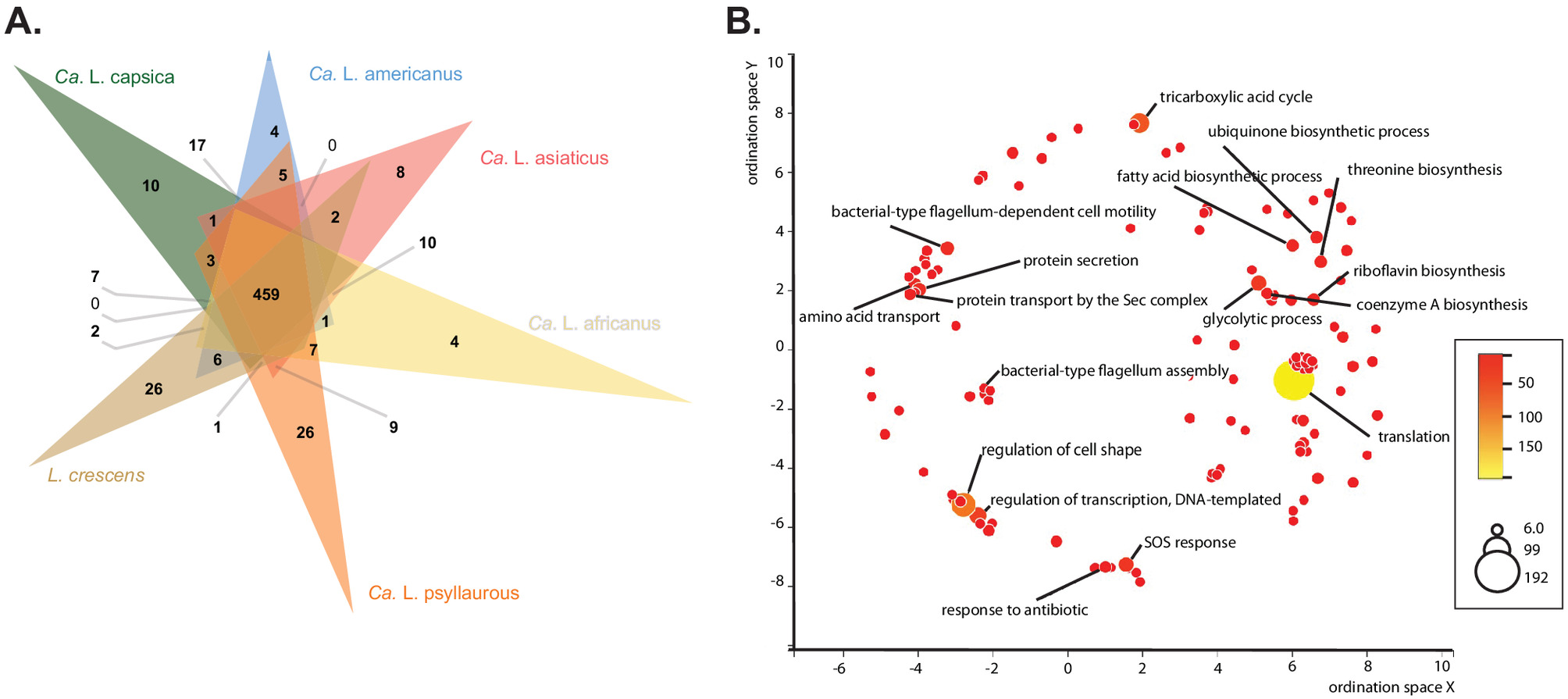2022-08-12 カリフォルニア大学バークレー校(UCB)
UCバークレー校の天文学者は、明るいけれども寿命の短いこれらの星のひとつに、なかなか見つからない巨大なガス惑星を発見しました。
過去25年間、天文学者は銀河系の星の周りに何千もの太陽系外惑星を発見してきましたが、その99%以上は、赤色矮星から平均的な大きさの太陽よりわずかに重い星まで、小さな星の周りを回っています。
A型星(太陽の2倍の大きさの明るい青い星)のような、さらに重い星の周りにはほとんど発見されておらず、観測された太陽系外惑星のほとんどは、木星サイズかそれ以上の大きさです。シリウスやベガなど、夜空で最も明るい星のいくつかはA型星である。
カリフォルニア大学バークレー校の研究者たちは、これらの A 型星のひとつに海王星サイズの新しい惑星 (HD 56414 b) を発見し、木星よりも小さなガス惑星が銀河系で最も明るい星のまわりでほとんど観測されなかった理由のヒントを提供したのです。
現在の太陽系外惑星検出法では、恒星の周りを短時間で公転する惑星を簡単に見つけることができますが、今回見つかった惑星は、これまでに発見されたほとんどの惑星よりも公転周期が長くなっています。研究チームは、明るいA型星に近い場所にある見つけやすい海王星サイズの惑星は、星の厳しい放射によって急速にガスが奪われ、検出できないコアに還元されると考えています。
この理論は、赤い星の周りにあるいわゆる高温の海王星砂漠を説明するために提案されましたが、より高温の星(A型星は太陽の約1.5倍から2倍の温度)にも当てはまるかどうかは、銀河系で最も明るい星の周りに惑星がほとんど知られていないため、わかっていませんでした。
カリフォルニア大学バークレー校の大学院生、スティーブン・ジアカローンは、「このような巨大な星の周りにある惑星としては、我々が知っている限り最も小さいものの一つです」と述べています。「実際、この星は木星よりも小さな惑星を持つ、私たちが知る限り最も高温の星なのです。この惑星が興味深いのは、何よりもまず、この種の惑星を見つけるのが本当に難しいからで、おそらく当分の間は、このような惑星はあまり見つからないでしょう。
<関連情報>
- https://news.berkeley.edu/2022/08/12/brightest-stars-in-the-night-sky-can-strip-planets-to-their-rocky-cores/
- https://iopscience.iop.org/article/10.3847/2041-8213/ac80f4
HD 56414 b: A型星を通過するホットネプチューン砂漠 HD 56414 b: A Warm Neptune Transiting an A-type Star
Steven Giacalone, Courtney D. Dressing, A. García Muñoz, Matthew J. Hooton, Keivan G. Stassun, Samuel N. Quinn, George Zhou, Carl Ziegler, Roland Vanderspek, David W. Latham, S. Seager, Joshua N. Winn, Jon M. Jenkins, César Briceño, Chelsea X. Huang, David R. Rodriguez, Avi Shporer, Andrew W. Mann, David Watanabe and Bill Wohler
The Astrophysical Journal Letters Published :2022 August 12
DOI: https://doi.org/10.3847/2041-8213/ac80f4.

Abstract
We report the discovery in TESS data and validation of HD 56414 b (a.k.a. TOI-1228 b), a Neptune-size (Rp = 3.71 ± 0.20 R⊕) planet with a 29 day orbital period transiting a young (age = 420 ± 140 Myr) A-type star in the TESS southern continuous-viewing zone. HD 56414 is one of the hottest stars (Teff = 8500 ± 150 K) to host a known sub-Jovian planet. HD 56414 b lies on the boundary of the hot Neptune desert in the planet radius–bolometric insolation flux space, suggesting that the planet may be experiencing mass loss. To explore this, we apply a photoevaporation model that incorporates the high near-ultraviolet continuum emission of A-type stars. We find that the planet can retain most of its atmosphere over the typical 1 Gyr main-sequence lifetime of an A-type star if its mass is ≥8 M⊕. Our model also predicts that close-in Neptune-size planets with masses <14 M⊕ are susceptible to total atmospheric stripping over 1 Gyr, hinting that the hot Neptune desert, which has been previously observed around FGKM-type stars, likely extends to A-type stars.



